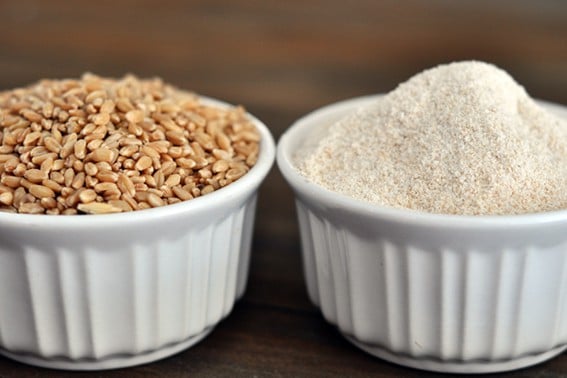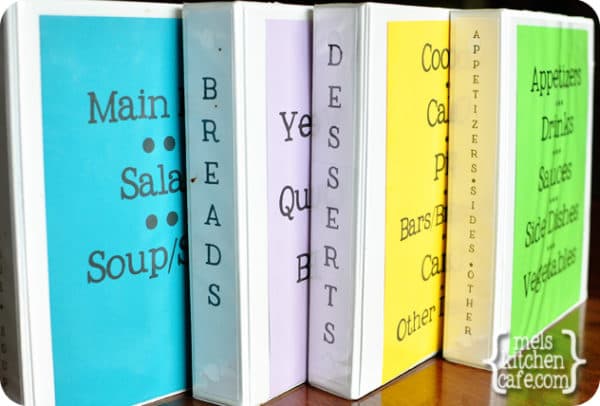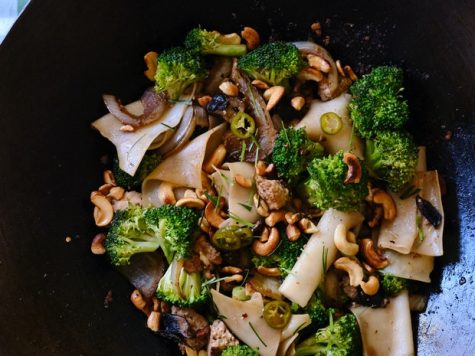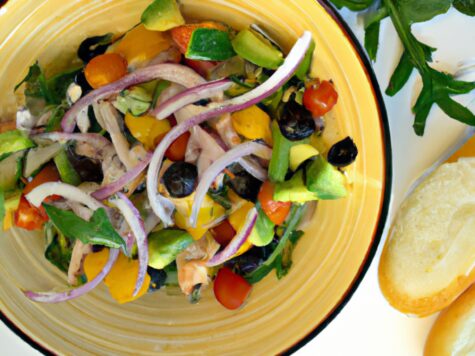I debated about whether to type up a post like this or not…but since pretty much every conversation and text message and email I’ve had in the last week has been related to the emergency right now, it feels a bit like the elephant in the room NOT to address it.
Brian and I are talking about all of the issues with our kids, seeking information from viable sources (social media posts from random people and even celebrities are not one of them, FYI :), and trying our best to manage all of the changes and information with rational, calm minds and take actions personally to help flatten the curve of this virus.
While alternately sometimes completely freaking out (ok, that’s just me).
Watching everything from schools to churches to sports teams shut down across the country is a bit discombobulating, to say the least.
We live in Idaho and there is only one very recently confirmed case, so our schools are still up and running. Other than some of our sporting events getting canceled (wrestling would be a natural breeding ground for any type of virus) and church indefinitely going home-based, things *mostly* feel normal except for long lines at the stores and shelves cleared of tp, paper towels, disinfecting wipes, etc.
I know many places across our nation and definitely throughout the world have it much, much worse. I’ve been thinking a lot about the particularly vulnerable children and adults in this emergency (those kiddos that rely on schools for two of their daily meals, working parents and single parents dealing with the adjustments of schools shutting down and/or loss of work themselves, just to name a few things).
It’s a difficult time, there is no doubt about that.
But today I wanted to address a question I’ve been getting over and over this week from readers about food storage, what foods to stock up on, and what recipes to cook.
I don’t have ALL the answers, but here are a few thoughts that can be a great starting place for a discussion about this.
Please chime in on the comment thread with your feedback and thoughts! We can all learn from each other.

Tip #1: Only Stock Up on Food You’ll Actually Eat
If you have never cooked with lentils before, don’t buy them in bulk. Even if creamed corn is on a case lot sale, I wouldn’t recommend buying it if it’ll make your kids gag. Don’t buy a 5-gallon bucket of wheat berries if you don’t have a way to grind it into flour.
Just because “people” say you need such and such in your “food storage” doesn’t mean that’s true for you personally. Food storage will look different for each and every family.
Identify the ingredients that you use often and are familiar with, and stock up on those.
Extra tip: if you have the time and/or budget, think outside the box a little and make sure you stock up on a few treats, too. It’s not a bad thing to consider chocolate chips a pantry essential! And little sweet extras in the pantry can help get through tough times.

Tip #2: Don’t Go Overboard
With everyone in a panic, it might be tempting to buy 1,245 boxes of mac and cheese. But…I don’t know…maybe consider not going to quite that extreme?
Try to be sensible about the quantities of food you are buying right now. What are the expiration dates? Is it humanly possible to eat all of it before it even expires? Do you have places to store it?
If you have accidentally participated in a bit of, ahem, overstocking, consider donating any excess, unexpired food to your local food pantry or shelter.

Tip #3: Start with two weeks and work up from there
If you don’t have much of a food supply at home, it might feel overwhelming to think of getting what you need. It might be helpful to simply start with a two week supply of food.
Write a list of the foods (even detailing an actual “menu” can help with this) that you and your family would need for two weeks and try to source at least that much.
I know right now this might be a bit tricky as some stores are running out of things like milk and eggs, but consider looking for replacement-type items or foods that are more shelf-stable. Powdered milk. Dried or freeze-dried fruits and vegetables. Canned fruits and vegetables.
Also check around with neighbors and friends in your area to find out if any local farmers have some of those precious commodities: milk, eggs, cheese.
Extra tip: over the next couple of weeks as we all practice more social distancing and *maybe* have a bit more downtime, consider putting together a longer term food storage plan that you can put in place once this particular emergency is more contained. I’m a HUGE food storage nerd.
Twice a year, I inventory our food storage to make sure we have the essentials to get us through, so if anyone is interested in more info about this, I’d be happy to put together a more detailed post about food storage in general (and share my nerdy spreadsheets dedicated to the cause).

Tip #4: Gather your favorite pantry staple recipes all in one place
Having a few solid pantry-friendly recipes that you can rotate through (yes, even fun baking recipes!) can help you actually look forward to eating through your food storage.
Print them out, staple them together, put them in a binder, bookmark them on your phone, add them to a Pinterest board – just keep them in one place so you can access them easily!
I’ve gathered a few of my favorite pantry staple recipes and included them below and also at this link.
*the key to pantry friendly recipes is to get comfortable making substitutions! Leave out the meat, sub in canned milk for milk or cream, sub in canned green chiles for fresh peppers, etc.
Please let me know in the comments any thoughts you have about food storage, cooking right now, and other tips helping you through the chaos of our current situation. Hang in there, friends!



























































